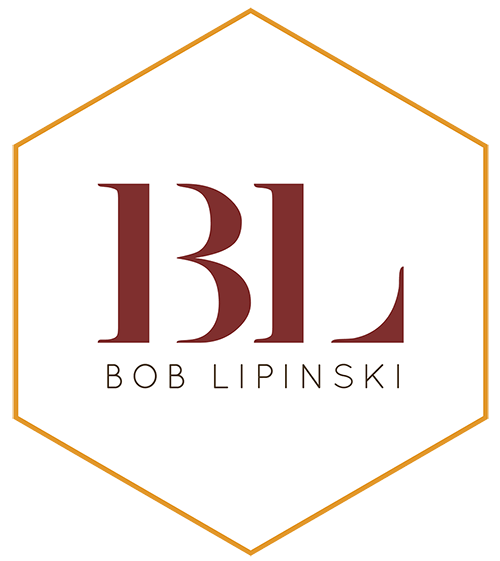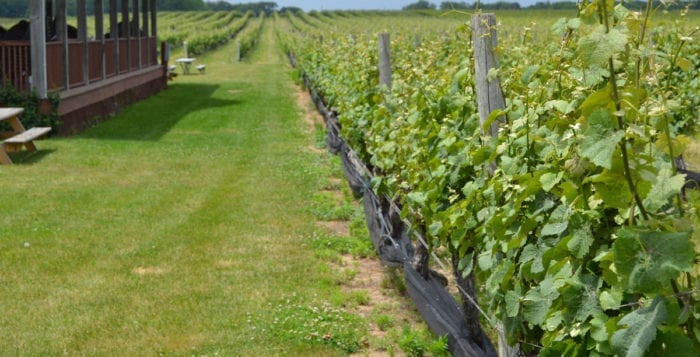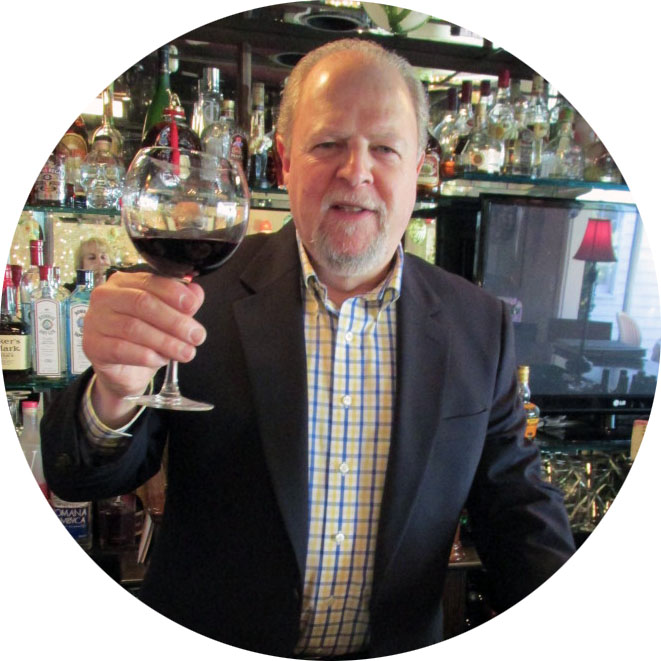By Bob Lipinski
Long Island stretches across the land mass of the same name, located east of New York City, and separated from Connecticut by the Long Island Sound.
The Atlantic Ocean, Long Island Sound, and the Great Peconic Bay moderate temperatures to ward off frost. It also cools the vines during the hotter summers and barricades against warm southerly currents. The climate is warmer than elsewhere in New York, allowing for the growing of many premium grape varieties, such as Cabernet Sauvignon, Cabernet Franc, Merlot, Pinot Noir, Malbec, Chardonnay, Sauvignon Blanc, Gewürztraminer, and Riesling.
Long Island has over 2,500 acres of vineyards and more than 60 wineries. Most of the vineyards are concentrated on the island’s eastern half. Long Island wine country includes the North Fork, South Fork, Nassau County, and western Suffolk County. There are three distinct American Viticultural Areas or AVAs. The larger “Long Island” AVA (established 2001) covers Nassau and Suffolk Counties, and splits into two narrow forks (north and south). Each fork has its own sub-AVA: the “North Fork of Long Island” (1986) and “The Hamptons, Long Island” (1985) in the south.
Grapes were grown on Long Island in colonial times and “Moses the Frenchman” Fournier had extensive vineyards in Eastern Long Island in the eighteenth century and it is speculated that he grew Vitis vinifera grapevines.
In the early 1800s, William Robert Prince experimented extensively with many varieties of grapes in Flushing, Queens. Through his catalog, he even offered a Zinfandel that was known as “Black St. Peter.” Over the decades, small backyard vineyards flourished, but it wasn’t until the mid-1900s that commercial grape-growing began.
In the early 1970s, local farmer and grape-grower John Wickham, who had years earlier obtained and planted a selection of table grapes from Cornell University, met Alex and Louisa Hargrave. He is credited with introducing the Hargraves to the North Fork’s climate and soil, which was excellent for grape-growing.
The Hargraves purchased a 66-acre potato farm near Cutchogue and in 1973, they planted 17-acres of Cabernet Sauvignon, Pinot Noir, and Sauvignon Blanc grapevines and became Long Island’s first commercial winery. Hargrave Vineyards officially opened in 1976 for wine sales. Since then, dozens of vineyards have been planted and opened, each with a remarkable story and a multitude of wines to try.
Today, Long Island wineries offer many types of wine including red, white, rosé, sparkling, and dessert. Be certain to visit and try a sampling of each.
Bob Lipinski is the author of 10 books, including “101: Everything You Need To Know About Whiskey” and “Italian Wine & Cheese Made Simple” (available on Amazon.com). He consults and conducts training seminars on Wine, Spirits, and Food and is available for speaking engagements. He can be reached at www.boblipinski.com OR bkjm@hotmail.com.


 Bob Lipinski, author of 10 books; writes, consults, and conducts training seminars on Wine, Spirits, and Food and is available for speaking engagements.
Bob Lipinski, author of 10 books; writes, consults, and conducts training seminars on Wine, Spirits, and Food and is available for speaking engagements.
Recent Comments